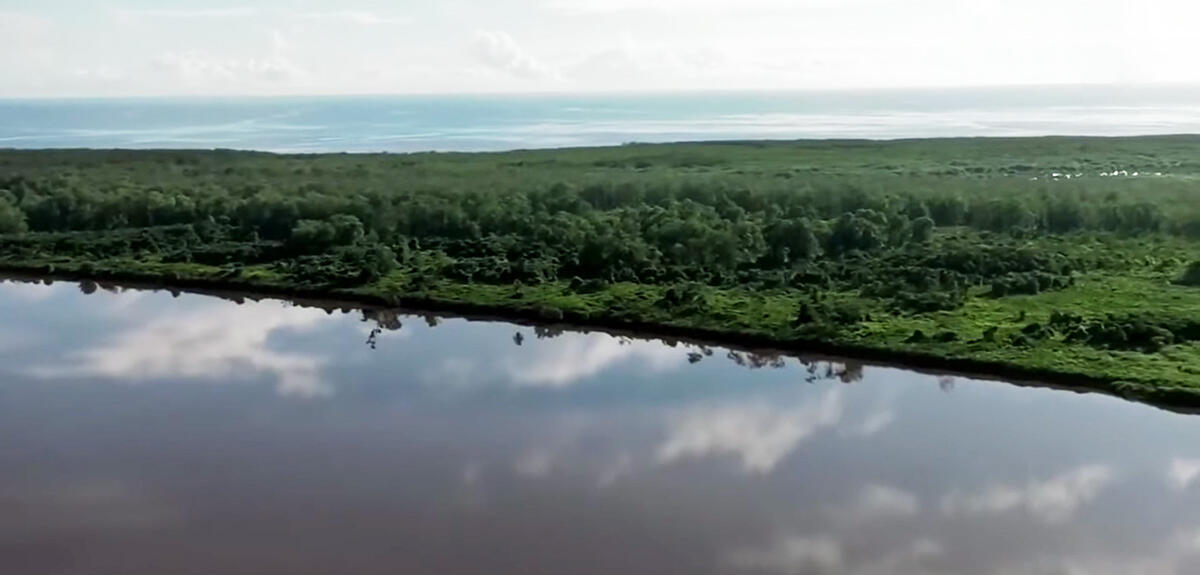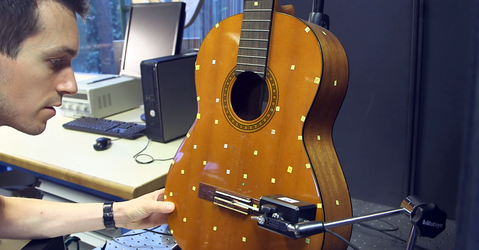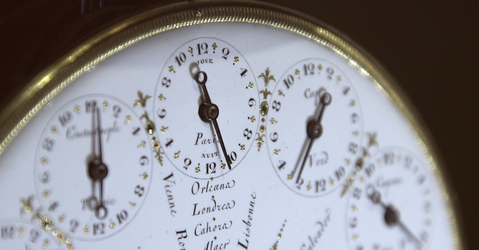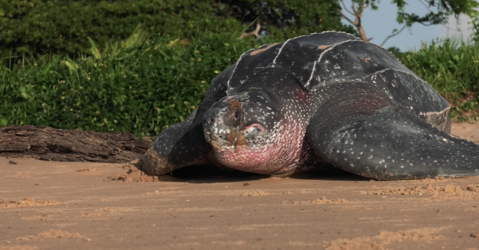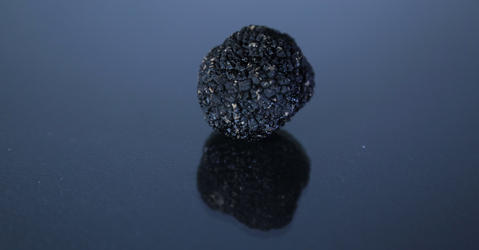You are here
Videos
Each year, some 40 billion tonnes of CO₂, one of the main greenhouse gases, are released into the atmosphere. A significant proportion of these is captured by the oceans, vegetation and the soil. The CNRS scientists are trying to better understand these natural carbon sinks, predict their evolution and also increase their storage capacity, or even envisage artificial sinks.
Recent Videos
The guitar is one of the most popular instruments in the world. And yet we still know little about how its materials, geometry, and assembly interact to shape its final sound. In this video, we...
50 years ago, on October 13, 1967, the second—the unit of time—was no longer defined by stars, but by atoms. In this quest for precision, scientists are now inventing the clocks of the future,...
In French Guiana, leatherback turtles—the largest sea turtles in the world—return to the same beach multiple times over the year to lay their eggs. But fewer are making it back, threatening the...
Ants build highly-complex nests that constantly adapt to their environment. How can such complexity arise from simple individual behaviors? A team of researchers has broken their code.
Prices for a black truffle can exceed €1000 a kilogram, especially because this highly-sought after fungus—a gastronomic delicacy—still resists domestication. Researchers are trying to understand...
Sofia is a Boeing 747 like no other. Run by NASA and the DLR, the German space agency, this aircraft was specially modified to accommodate a telescope. Come on board with astrophysicist Olivier...


